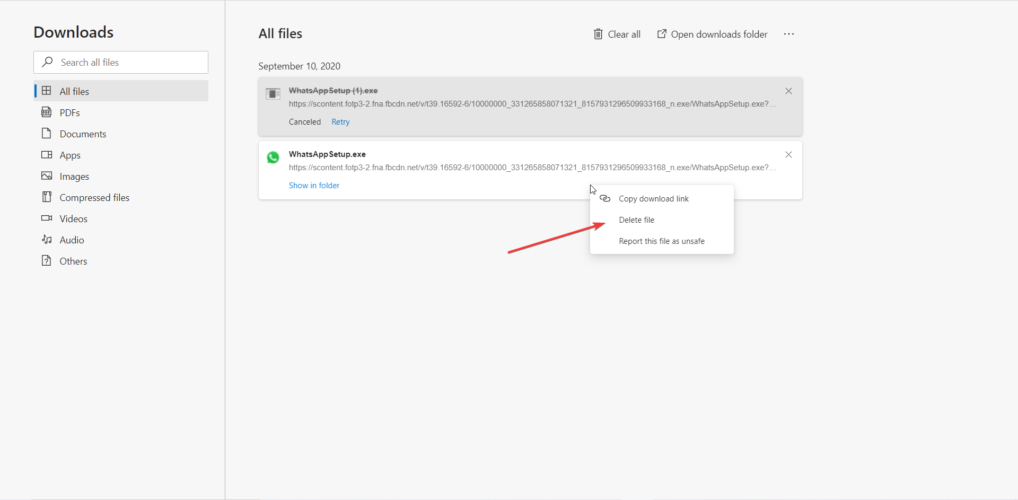
- Feeds and web slices settings microsoft edge full#
- Feeds and web slices settings microsoft edge software#
- Feeds and web slices settings microsoft edge windows#
For those keeping score at home, this about a billion years in the technology timeline. Launching in October of 2006, IE7 hit the market nearly five years after IE6. IE7 was the kickstart to refresh the Internet Explorer platform after an extended vacation. Because of this, Microsoft launched a campaign to kill off IE6. IE6 has gotten a bad name over the past few years as corporations with legacy hardware have continued to use the outdated browser on machines that run critical applications.
Feeds and web slices settings microsoft edge windows#
This version of IE included several new features including Internet Explorer Administration Kit, Windows Messenger integration, automatic image resizing and fault collection IE6 also got a refreshed look to keep in line with Windows XP and it also updated the blue e logo to have a 3D look to it and also used a lighter shade of blue.

IE6, while looking back, was a barrier for web standard adoption, was a staple for Microsoft as it shipped with Windows XP and it also introduced greater privacy settings with P3P (Platform for Privacy Preferences) IE6 launched in late August of 2001.

With the launch of IE 5, the browser introduced AJAX support (the term AJAX came to life several years later) and this was also the last version of 16bit Internet Explorer Internet Explorer 5 was also the last version of the Macintosh client.īy 1999, the IE team had a staff of around 1000 and a budget of 100 million dollars. IE 5 was launched in March of 1999 and was included with Windows 98SE and also bundled with Office 2000. The key concern was that Internet Explorer was bundled with Windows while competing browsers had to be downloaded which at the time, was a tedious process because of slow Internet connections. It was also this installment of IE that was deeply tied with the desktop OS that eventually resulted in attention for the US government for anti-competitive practices as it was reported that the bundling of IE was anti-competitive to the industry. On the corporate side of the coin, IE4 introduced group policy that allowed corporations to lock down configuration settings for the browser. With the introduction of DHTML, the web started to come alive as pages were no longer static and could now be fully interactive. IE4 brought with it support for DHTML (Dynamic HTML), which, at that time, ushered in a new era of web design. Rolling off the production floor in October of 1997, IE4 was designed to run on Windows 95, 98 and Windows NT. In the first week of availability, the browser was downloaded over 1 million times Netscape wasn't the only one taking IE seriously either, it was in version 3.0 that the first major exploit was discovered that was called the Princeton Word Macro Virus Loophole this exploit even has its own Facebook page. While IE did not surpass Netscape for marketshare, it did climb from 3%-9% in 1996 to upwards of 30% by the end of 1997. Notably, it was version 3 of Internet Explorer that caused Netscape to sit up and take notice. Another notable feature was that the browser could handle streaming audio without a third party application and included support for ActiveX and Java applets. There were many new features in 3.0 that included partial CSS support, Internet Mail and News 1.0, Windows Address book, Microsoft NetMeeting, Windows Media Player and it could also display JPEG and GIF files too. The iconic blue e made its debut in this version and at the time of development, the business unit had approximately 100 employees working on the browser. The 3rd installment of IE came nearly a year after Internet Explorer 1.0 launched and became available on August 13, 1996.

In about three month’s time, the browser had cemented its place in history and was nearing the top of the most used browser on the market.

This version was also the first cross platform version of the browser that supported both Windows and Macintosh with the Macintosh version landing in January of 1996. The second iteration of Internet Explorer landed in November of 1995 and featured support for SSL and Internet Newsgroups. It was not long after the initial launch of Internet Explorer that version 2.0 hit the market.
Feeds and web slices settings microsoft edge software#
Back then, it was not uncommon to pay for a web browser as it was viewed as premium software much like how we view Office today. Internet Explorer entered a market that is far different from what we have today.
Feeds and web slices settings microsoft edge full#
The original intent of Internet Explorer 1.0 was to help users connect to the web the Internet Explorer team only had about 6 people working on the product full time when it was first deployed.


 0 kommentar(er)
0 kommentar(er)
